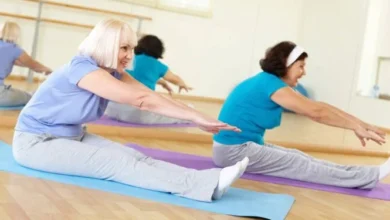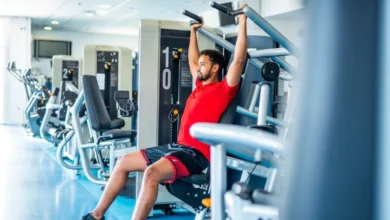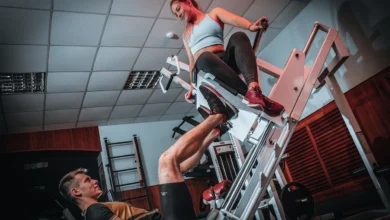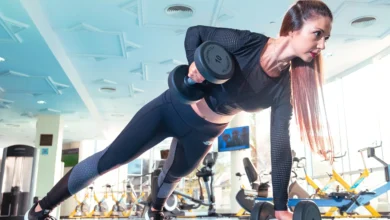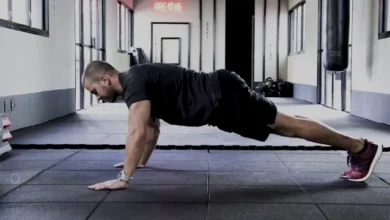Functional Training: The Complete Guide to Its Benefits for Your Daily Life
Functional Training Benefits
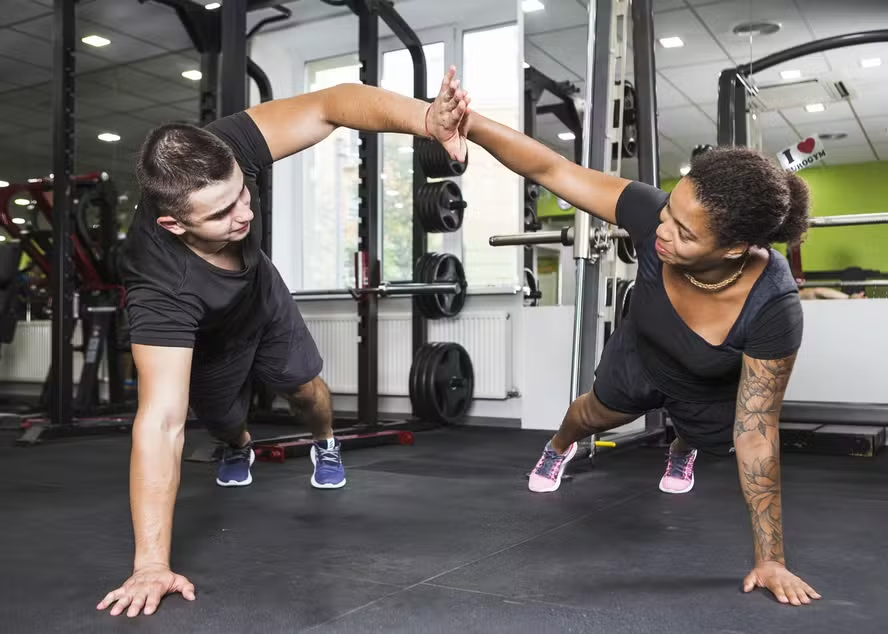
In recent years, Functional Training has consolidated itself as one of the most effective and popular exercise methodologies. Far from the isolated repetition of movements on traditional machines, Functional Training prepares the body for the greatest challenge: daily life. Lifting weights in the gym is one thing; lifting boxes at the supermarket, playing with children, or climbing stairs with agility is another. It is in this gap that functional training shines.
The core concept is simple: train movements, not muscles. This type of exercise imitates and refines the movement patterns we use naturally, such as squatting, pushing, pulling, and rotating. By doing so, functional training not only improves physical fitness but delivers direct and tangible Functional Training Benefits for quality of life, mobility, and injury prevention.
In this complete guide, we explore what defines functional training, its pillars, and how it translates into greater endurance and functionality in your daily routine.
READ ALSO:
- Does Running Help You Lose Weight? How to Start and Progress Without Losing Your Breath
- Mika Takishima Method: 4 Transformative Exercises for Weight Loss and Healthy Aging
Follow our PAGE
What Exactly is Functional Training?
Functional Training is an exercise method that uses multi-joint movement patterns (involving several joints and muscle groups simultaneously) that are replicable of our daily activities. The goal is not bicep size, but the body’s ability to function efficiently and safely in various situations.
It differs from isolation training (with machines) by working the body as an integrated whole, with special emphasis on the Core (the central region of the body: abdomen and lower back), which is the center of strength and stability for all our movements.
The Pillars of Functional Training
For a workout to be considered truly functional, it must focus on six basic movements that sustain our daily life:
- Squat: Simulates sitting down and standing up.
- Lunge: Simulates stepping up or walking.
- Push: Simulates pushing something away from you (like pushing a door).
- Pull: Simulates bringing something towards you (like lifting a backpack).
- Rotation (Twist/Rotation): Essential for spinal stability and movements like looking over your shoulder.
- Locomotion (Gait): Movements of marching and running.
Functional Training Benefits: Beyond Aesthetics
The beauty of functional training lies in its direct transfer to performance improvement outside the gym.
Improved Core Stability and Strength
The Core is the foundation of all functional training. By strengthening the abdomen, back, and pelvis, functional training provides a more protected spine and a stable center of gravity.
Stability and Protection: A strong Core is the best defense against low back pain, a common complaint in the adult population. Most functional exercises (such as planks, weighted rotations, and deadlifts) require the Core to contract intensely to maintain balance, resulting in better posture and a lower risk of injury during unexpected movements.
Increased Mobility and Flexibility
Functional training often uses a full range of motion to ensure joints maintain their maximum movement capacity (mobility).
Smoother Movements: Instead of focusing only on static stretches, functional training incorporates dynamic movements that prepare the joints and muscles for active movement. This not only increases flexibility but makes daily movements, such as stretching to reach something on a high shelf or tying your shoelaces, much easier and safer.
Injury Prevention and Longevity
Functional training has a strong preventive component. By strengthening stabilizing muscles and improving balance, the body becomes more resistant to sprains and falls.
Shock Resistance: By practicing exercises with a component of imbalance (such as lifting a weight with one arm or squatting on one leg), the body learns to react to external disturbances, simulating what happens when you trip or slip. This reaction capacity is crucial for preventing falls in old age and for quick recovery at any age.
How to Apply Functional Training in Your Routine
Functional training can be done anywhere, often without the need for expensive machines, using only body weight, resistance bands, kettlebells, or medicine balls.
Emphasis on Minimal and Versatile Equipment
Functional Training values tools that allow freedom of movement and require greater stability from the body, rather than isolating a single muscle:
- Body Weight: Lunges, squats, push-ups, and burpees are the foundation. They use the body’s natural resistance for functional gains.
- Kettlebells: Ideal for swing movements and explosive strength that work the whole body, especially the Core and the posterior chain (back and glutes).
- Resistance Bands: Excellent for working rotation and smaller stabilizers (such as the shoulders and hips), which are crucial for injury prevention.
Integration into Daily Life: The Transfer of Gains
The real test of functional training is its practical application. Gains in the gym should facilitate daily life:
- Squat: Improves the ability to get up from low chairs or the floor.
- Deadlift: Teaches how to lift heavy objects (like shopping bags or children) using the legs and glutes instead of the lower back, protecting the spine.
- Rotations: Essential for activities like quickly turning to check traffic or passing an object to the back seat of the car, without straining the spine.
Conclusion
The Functional Training Benefits extend beyond physical appearance; it is an investment in your ability to live well, pain-free, and autonomously. By focusing on natural, multi-joint movements—squatting, pulling, pushing, and rotating—it builds a resilient body with a strong Core, mobile joints, and excellent coordination. For those seeking an exercise method that truly improves daily life performance, reduces the risk of injury, and promotes longevity, Functional Training is undoubtedly the smartest and most effective choice.

Hello! My name is Alan Teixeira and I am passionate about helping people live healthier, more balanced lives. From mindful eating to daily habits that promote physical and mental well-being, I believe that small, consistent changes can lead to powerful transformations.
I created this blog to share practical tips, reliable information, and thoughtful insights that can inspire you to take better care of yourself—with balance, mindfulness, and positivity.
If you are looking to improve your health, nourish your body, and build a lighter, more fulfilling routine, you are in the right place. Welcome!

